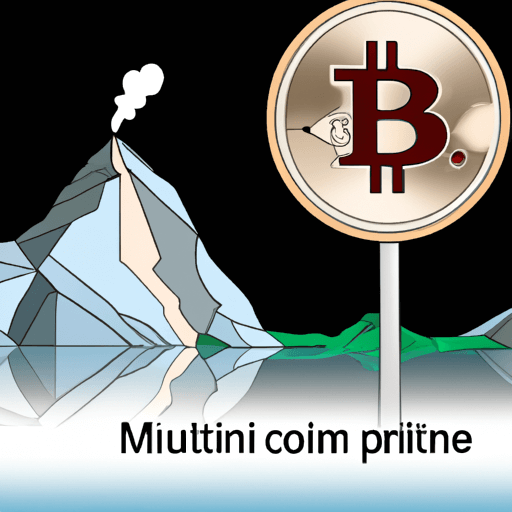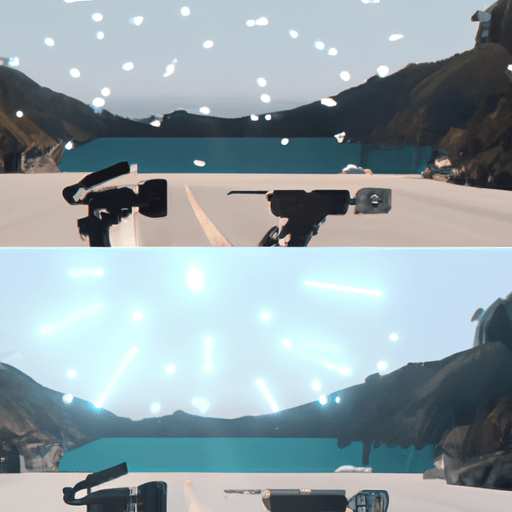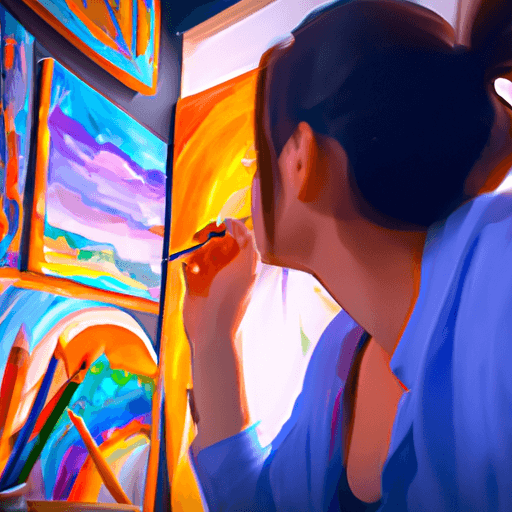Street Art and Modern Architecture: An emerging Symbiosis
Street art, once regarded as mere graffiti or vandalism, today stands tall as a profound art form influencing modern architectural designs across the globe. Employed for aesthetic appeals, social commentary, or cultural representation, street art is playing a pivotal role in adding vibrancy and impact to various architectural landscapes.
Influence around the World
Several modern architectural projects have drawn from the appeal and content of street art. In New York, The '5Pointz' building, famously known as the graffiti mecca, was adorned with exquisite pieces of street art, turning its façade into a canvas, resonating with the cultural fabric of the city. Similarly, London's 'Nomadic Community Gardens' have essentially transformed from a derelict land into a cultural hub by incorporating street art and encouraging public interaction.
The Transformational Role of Street Artists
Street artists possess an incredible knack for converting dulled urban spaces into vibrant, engaging areas. Their ability to illustrate social, political, and cultural narratives through their work facilitates community interaction and dialogues. Street art adds layers of sentiment to architecture; they recreate spaces not just physically but socially and culturally as well.
Architectural Champions and Critics
While the integration of street art and architecture is embraced by some architects who find the fusion aesthetically enhancing, others challenge this approach. Critics often perceive street art as a defacement of architecture or consider its transient nature unfitting for permanent buildings. The dichotomy of opinions continues to shape the discourse in modern architectural practices.
Future Implications
As the fusion between the two domains continues to evolve, it will be intriguing to see the future implications of this collaboration. Optimal integration could initiate a new architectural movement, reflecting the ethos of the society in a visually attractive and thought-provoking way. However, finding the right balance between the form and function of buildings and the dynamic, expressive nature of street art will be crucial for sustainable coexistence.
As we delve into this engaging crossroads of art and architecture, it's exciting to imagine the creative possibilities they can collectively bring to our urban landscapes.


















Comments
Leave a Comment